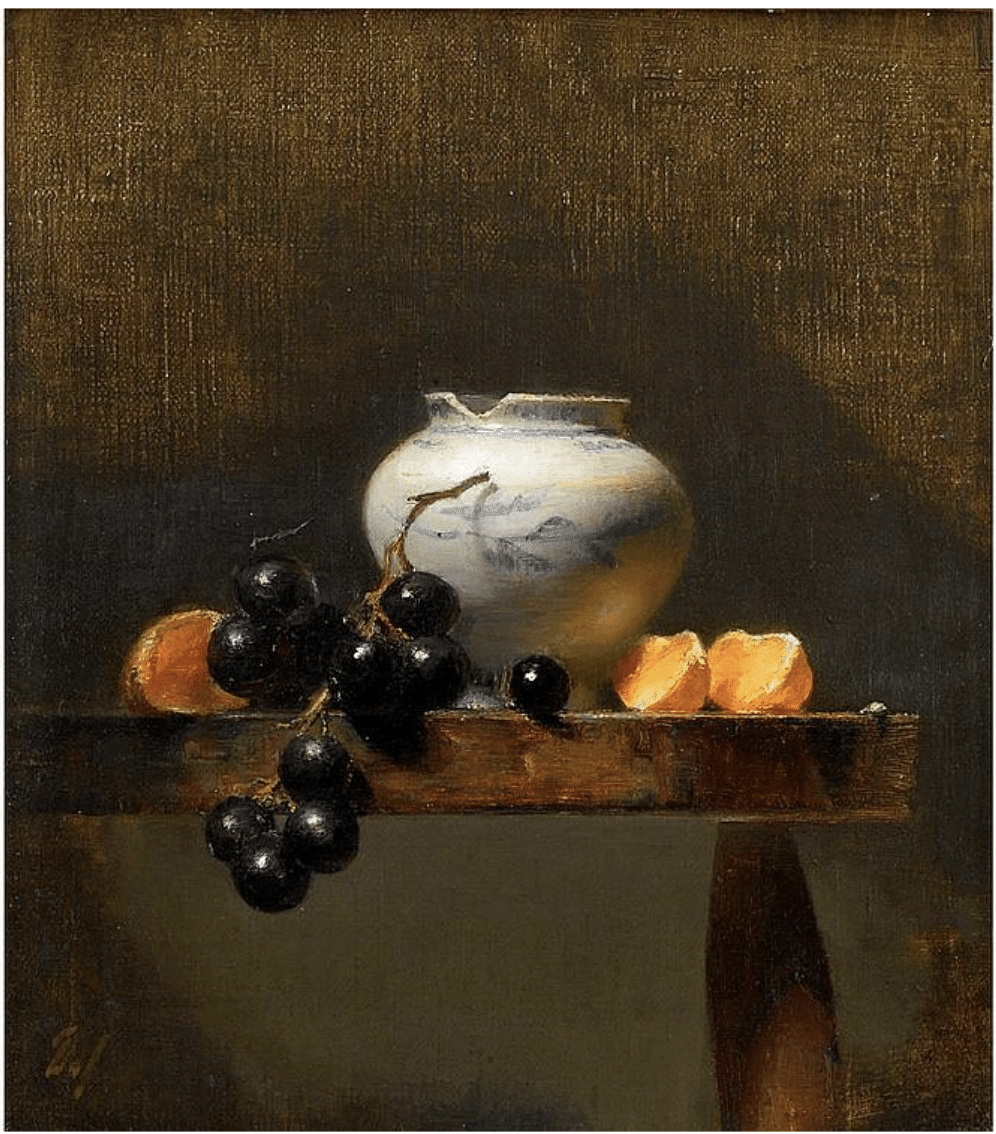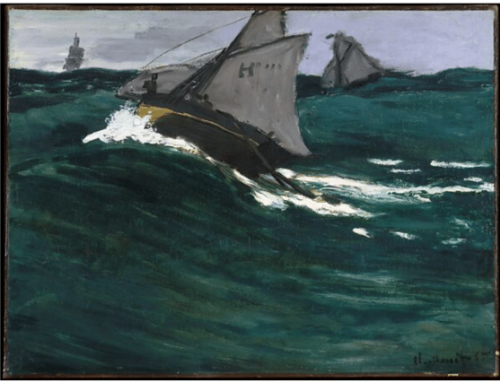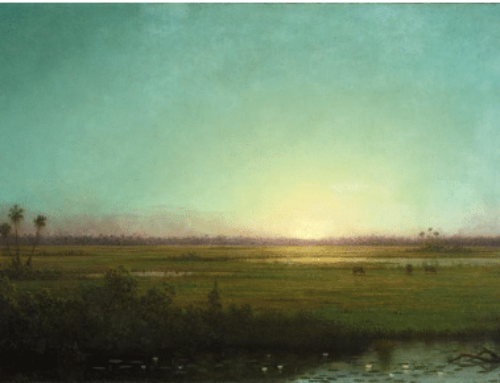“Ripeness is all” is a line in Shakespeare’s King Lear:
“Men must endure their going hence, even as their coming hither: Ripeness is all.”
It’s a timeless insight: the biological facts of birth and death are at best merely “endurable” and beyond our control, but the growth that happens in between is ours to seize and make our own.
Nothing is perfect in nature. Growth is messy! Beauty and imperfection go hand to hand; every tree is beautiful but not even one is perfect. Yet they all bud and blossom and bear their own cones, seeds, or fruits; they all bend and reach for the sun. To each comes ripeness and a time when ripeness is all.
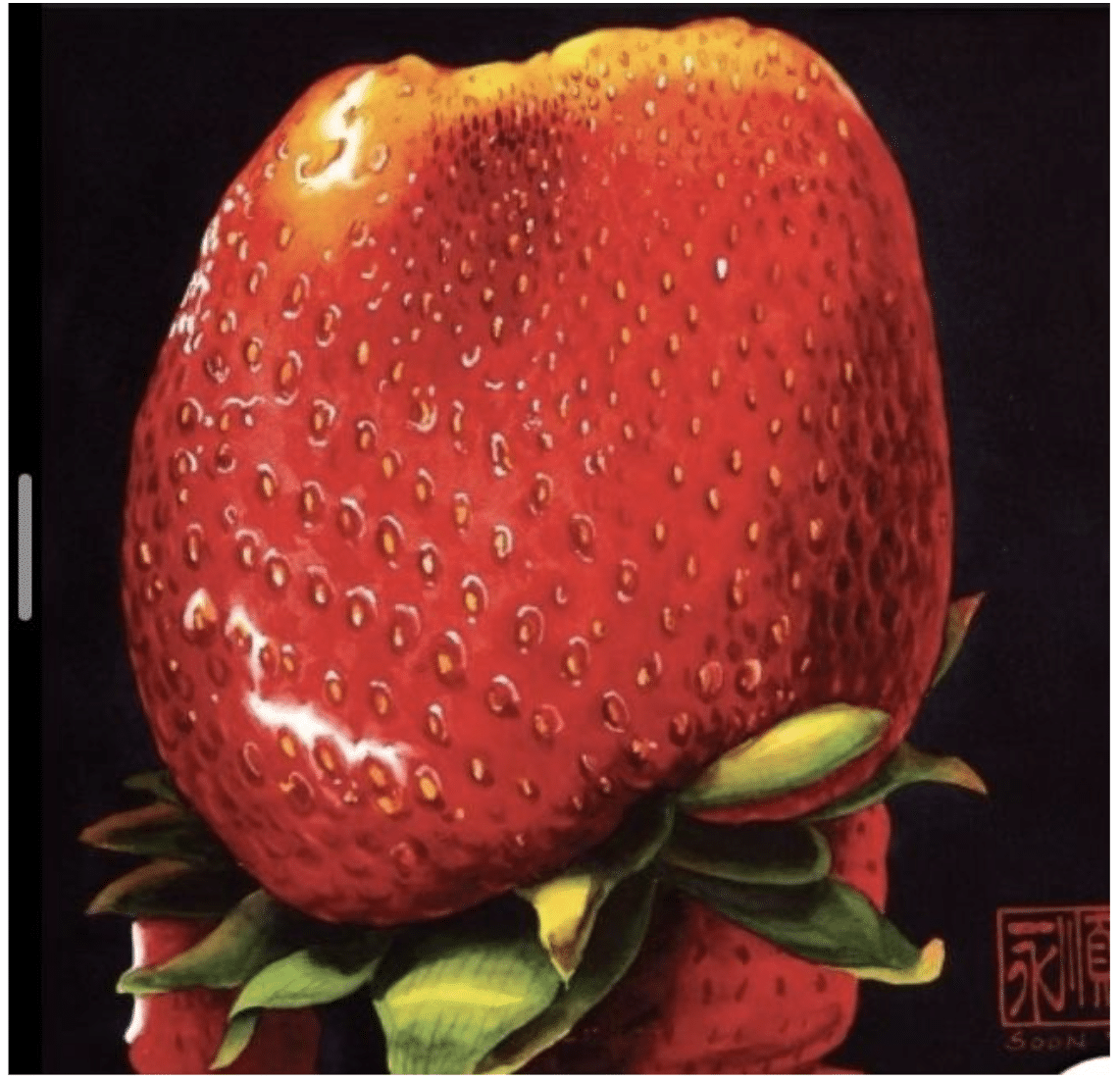
Soon Y Warren, “Strawberry,” watercolor, 11×15 in. (DETAIL) Soon Y. Warren shows you how she painted this remarkable strawberry in her video, Top Vibrant Watercolor Techniques.
Maybe to really seize the day you have to be a little wild. Shakespeare’s phrase speaks to being ready for the inevitable, but also, as children’s book author Maurice Sendak once remarked, savoring your life and stepping up to make the most of every moment until the end. Author and illustrator of the popular Where The Wild Things Are (and other books), Sendak died at the age of 83, but he spoke with gusto and conviction about “being ripe” and making the most:
My big concern is me and what do I do now until the time of my death. That is valid. That is useful. That is beautiful. That is creative. And also, I want to be free again. […] I want to see me to the end working, living for myself. “Ripeness is all.” Now, interpreting what ripeness is our own individual problem. … So, what is the point of it all? Not leaving legacies. But being ripe. Being ripe.
Ripeness is the time of harvesting and gathering in. During early autumn’s “season of mists and mellow fruitfulness,” as the English poet John Keats writes, we get to experience the sun “conspiring” with the time of year, to:
“load and bless/With fruit the vines … / To bend with apples the mossed cottage trees,/And fill all fruit with ripeness to the core…. / Until they think warm days will never cease…”
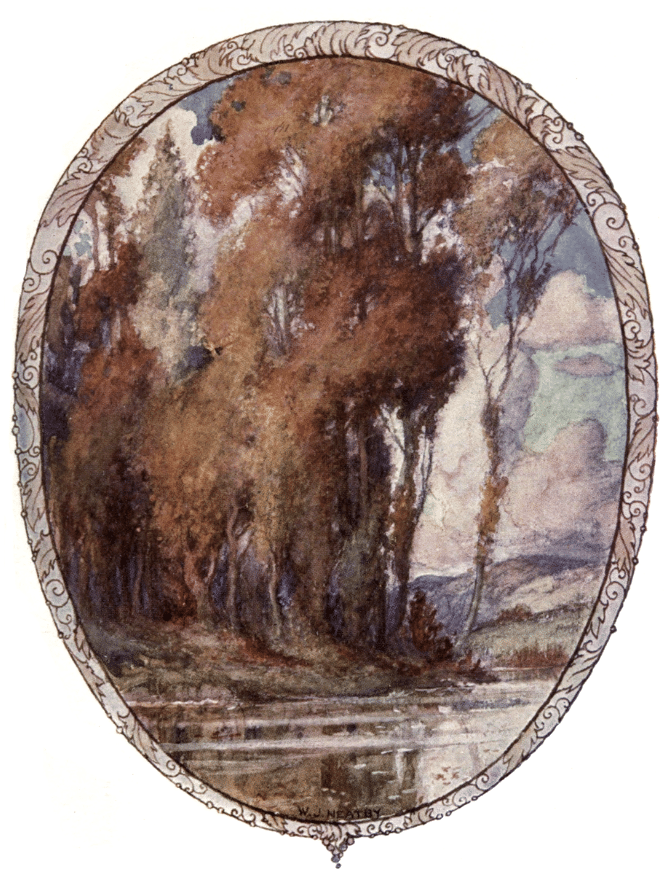
W. J. Neatby, Illustration of poem “To Autumn” by John Keats, 1899
In an interview Sendak once mentioned a letter Keats wrote about eating a peach, and how it has to be sweet and juicy:
“But, it must be so ripe. It must be so delicious. In other words, you must not waste a second of this deliciousness which for him was life and being a great poet. That you savor every, everything that happened. I want to get ripe.”
So may the season, as it just starts thinking about turning – though warm days seem as if indeed they’ll never cease – may it “load and bless” your brush, your pen, your charcoal, color sticks, or graphite pencil – with that poetic and delicious “ripeness to the core.”
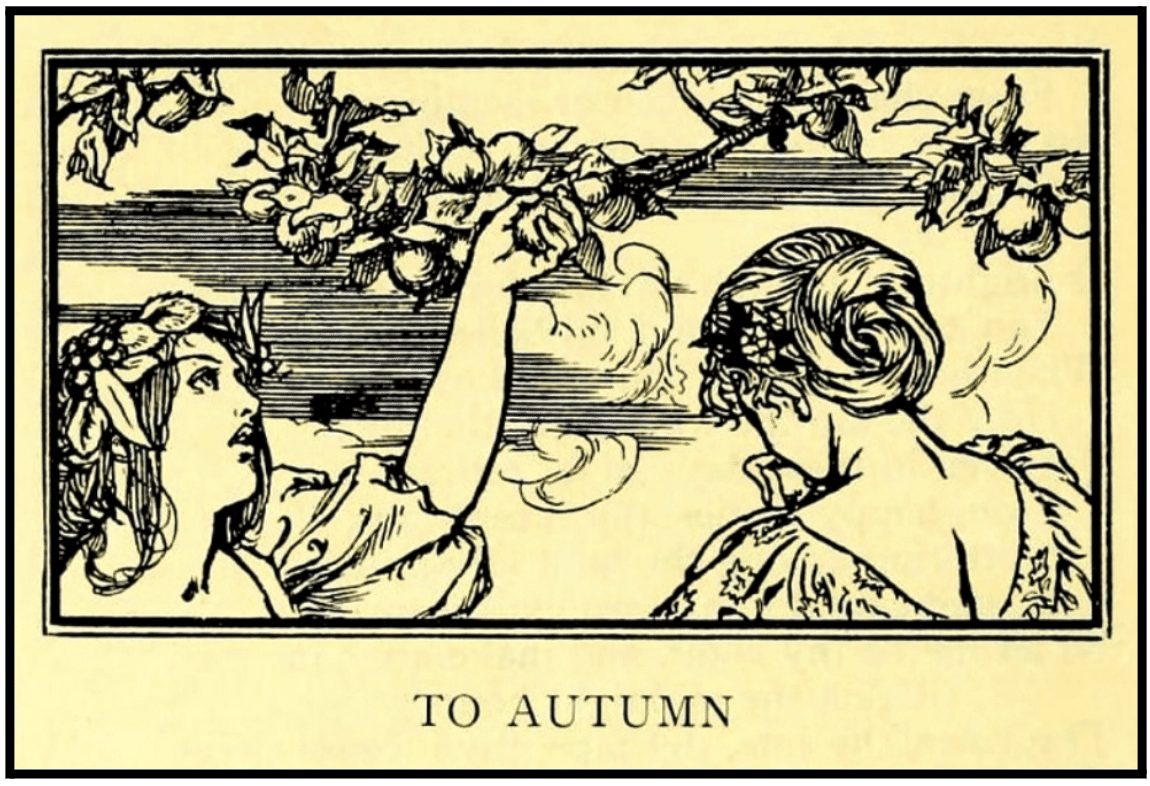
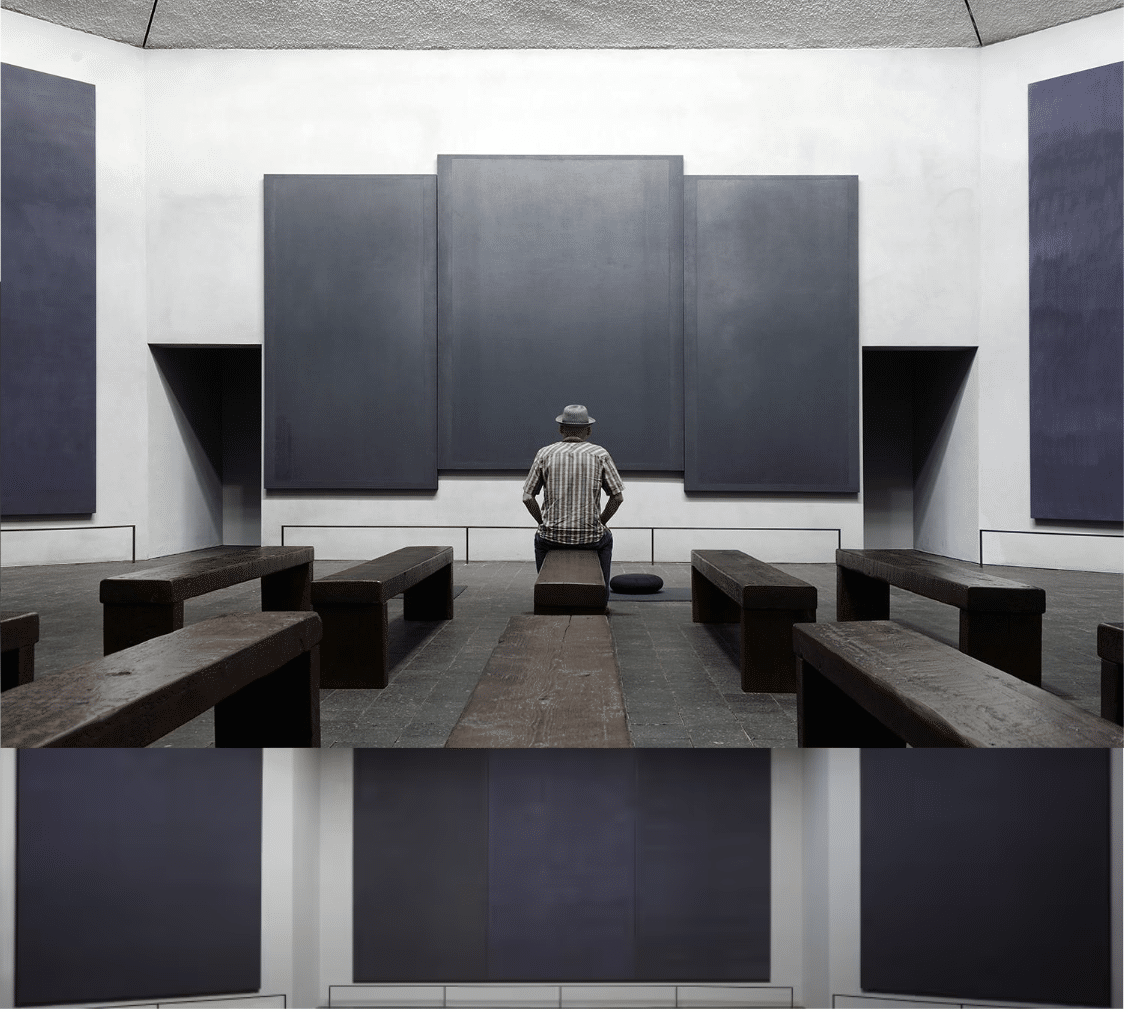
A viewer gazes into the mists and shadows created within the paintings of the Rothko Chapel. Source: Rothko Chapel website.
Rothko Chapel in Houston Damaged by Hurricane
Houston’s Rothko Chapel.
Damage from Hurricane Beryl has closed Texas’s Rothko Chapel for an indefinite period while undergoing necessary repairs.
The Rothko Chapel is one of a handful of sites in America where religion, modern art, and architecture intermingle so powerfully. It rose in 1971 to house 14 monumental paintings by Mark Rothko.
The Rothko Chapel has been described as “a spiritual space, a forum for
world leaders, a place for solitude and gathering. It’s an epicenter for civil rights activists, a quiet disruption, a stillness that moves. It’s a destination for the 100,000 people of all faiths who visit each year from all parts of the world.”
The paintings are dark because the artist created them to act as emanations of feeling rather than “pictures.” They aren’t meant to be “viewed” with any rational, critical faculty, but rather experienced, in person, with an open and contemplative mind.
It’s not a museum; viewers experience the space as a meditative engagement with the deepest questions of being and non-being, the way one does in any soulful or sacred space, be it temple, church, mosque, Japanese rock garden, or mesa-top Indian prayer wheel. The chapel maintains a permanent collection of freely accessible holy books and spiritual texts.
“The Rothko Chapel is a sanctuary for all and respectful of the integrity of each religion or denomination,” says Houston First Corporation (HFC), the official destination management/marketing organization for the city. “It serves the community by providing a temporary place for major religious holy days and celebrations for communities who have not yet established a place of their own.”
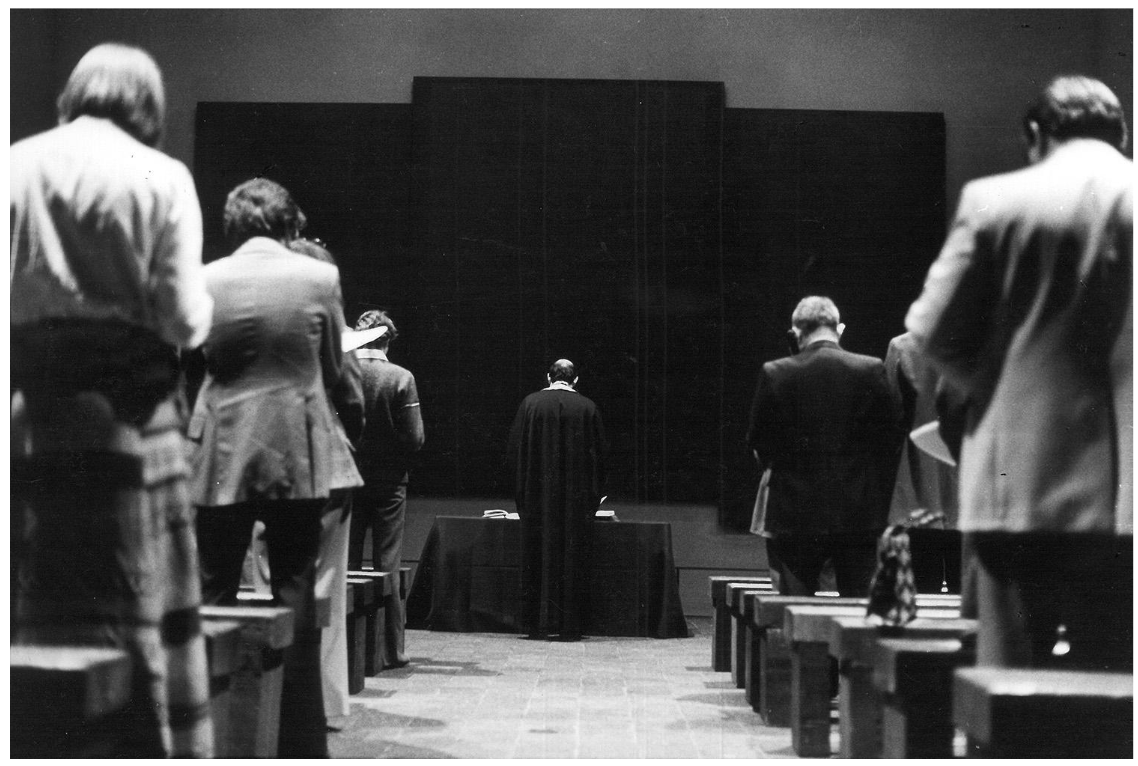
Prayer in the chapel, 1978. Source: RothkoChapel.org
“Those who are not affiliated with any particular religious institution find the Chapel appropriate for memorial services for their loved ones or for wedding ceremonies. The Chapel is the preferred setting for interfaith vigils and services. It has become a spiritual landmark, central in the lives of many members of this large urban community.”
Mark Rothko was one of the most influential American artists of mid-century, and his reputation has only continued to grow.
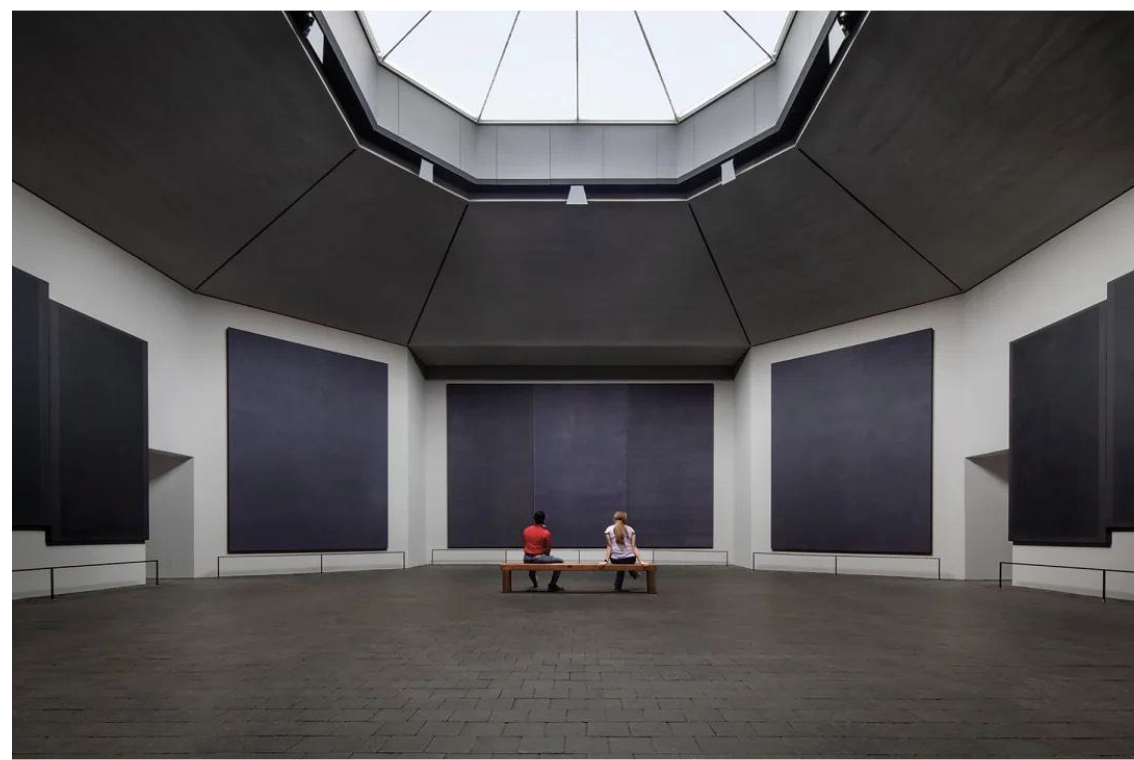
IMAGE: COURTESY ROTHKO CHAPEL/ELIZABETH FELICELLA
Mark Rothko was one of the most influential American artists of mid-century, and his reputation has only continued to grow. Increasing numbers of the public now appreciate his achievement of having created art that bypasses imagery so as to address itself directly to the viewer as a visual embodiment conducive of spiritual states of mind.
“Painting is currently trapped within the category of fine art. But what if painting isn’t about a picture, isn’t even about an object. What if painting, actually, is about the interaction between two minds, two hearts, two beings—the painter and the viewer? What if painting is about a way of coming to the world, a kind of communion? – Jordan Wolfson

